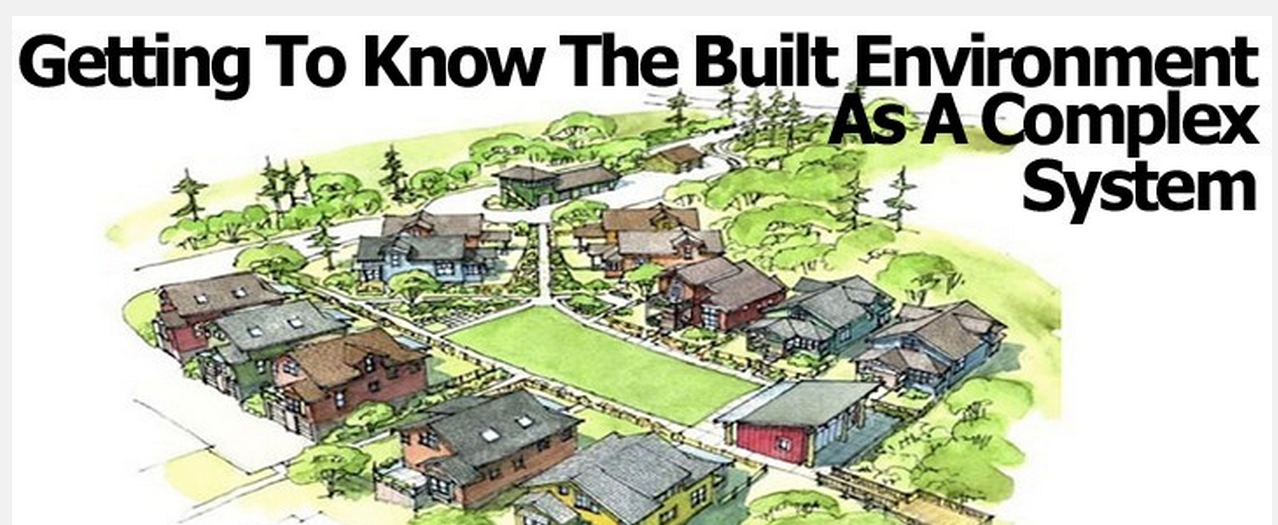Gradual changes in our physical environments, including the dominance of low-density, car-oriented sprawling suburban neighbourhoods in North America, have facilitated more sedentary lifestyles and contributed to a significant rise in chronic illnesses like heart disease, stroke, cancer, diabetes, and obesity. Municipal governments, local community agencies, and non-governmental organizations are increasingly working to better understand the built environment’s role in determining people’s health attitudes, choices, behaviours and outcomes. Understanding how health-enhancing neighbourhood amenities, like walkable streets, proximity to healthy food, affordable housing, safe community space and opportunities for physical activity, are geographically and spatially distributed moves us closer to more equitable neighbourhood and regional planning. Understanding how our landscapes (whether urban or suburban) might perpetuate or mitigate social exclusion and socio-economic inequities, especially for segments of the population who are vulnerable or disadvantaged, can help us chart a path to investing in population health through the built environment.
Seeking Higher Ground Part One will take a closer look at understanding the built environment as a complex system. How can we develop effective strategies to build healthier and more equitable communities? How is complexity thinking useful as a framework for exploring the built environment and improving population health? What does a systems lens offer urban planners and public health professionals? What are some important connections in the built environment-health relationship?
